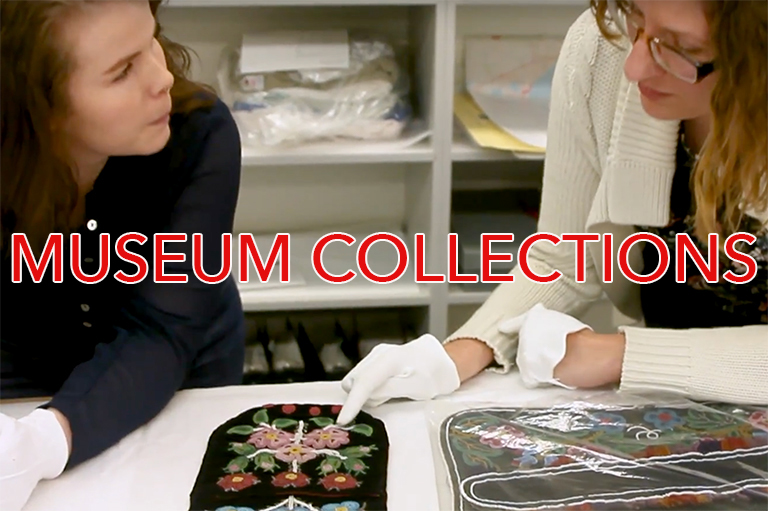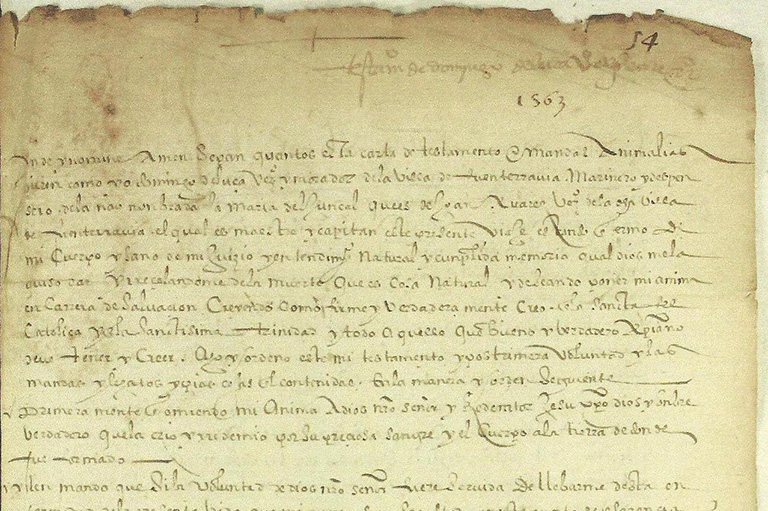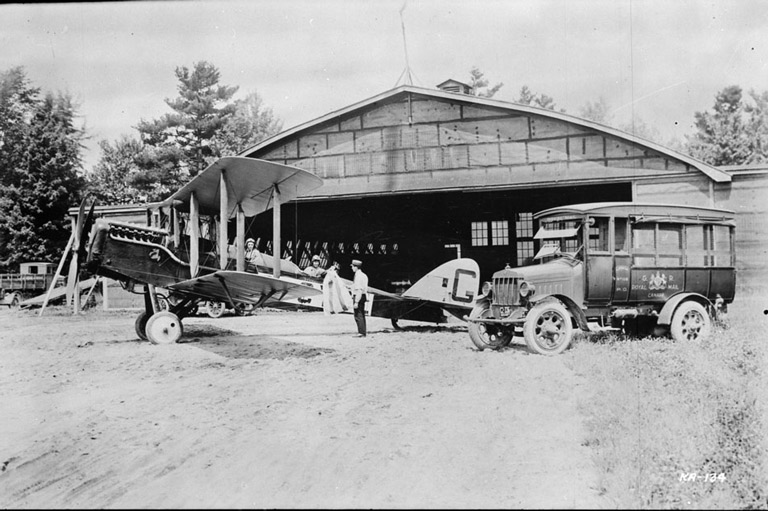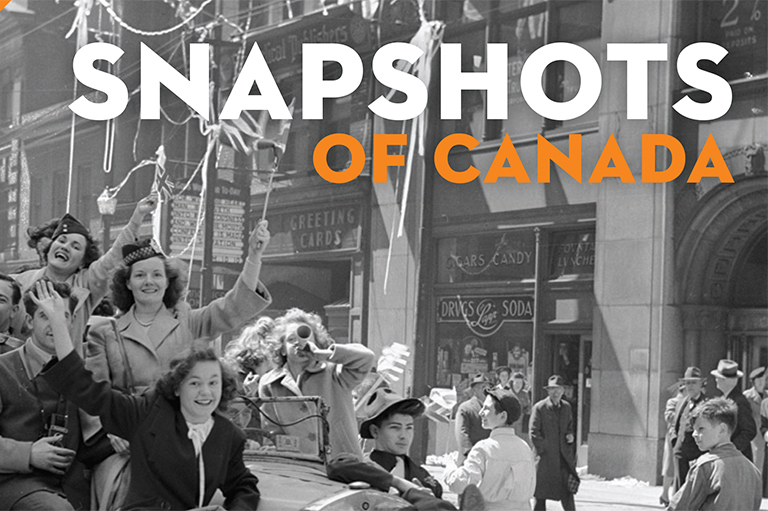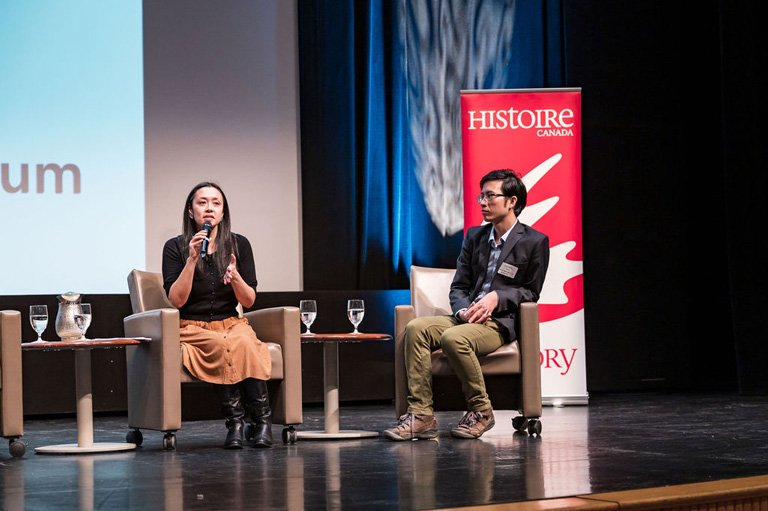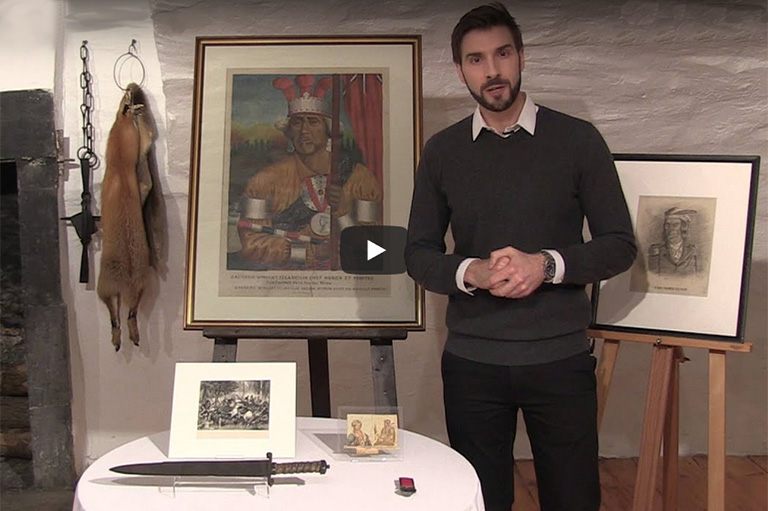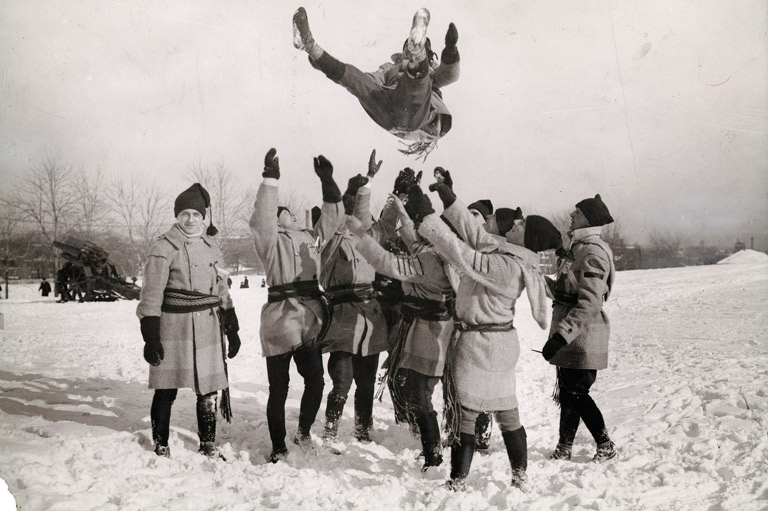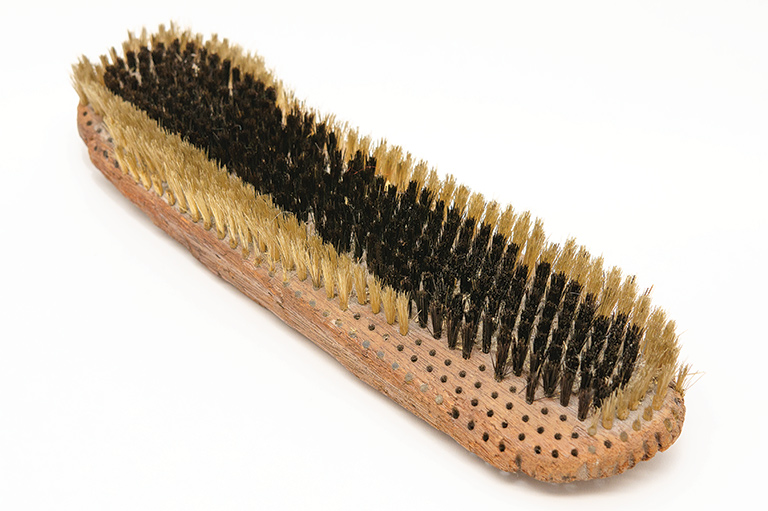The Canadian Museum of Immigration at Pier 21
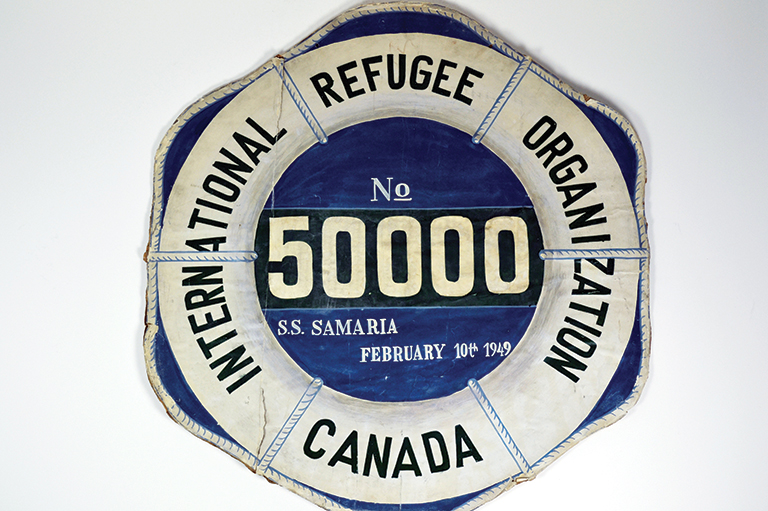
Canada’s History is reaching out to curators at museums across the country and asking them to select five favourite artifacts from their collections. The Canadian Museum of Immigration at Pier 21 in Halifax explores the history of immigration to Canada and “aims to inspire and enable Canadians to explore their relationships with those migrations.” Dan Conlin, the curator of the museum, has selected five pieces from the museum, and here he describes the items he chose.
Fifty-thousandth-refugee-to-Canada sign
In 1949, Ausma Levalds Rowberry’s family stepped ashore at Pier 21. Having fled Latvia during the Second World War, they were accepted to come to Canada under the displaced persons program. Eight-year-old Ausma had no idea she was selected as the symbolic fifty thousandth displaced person, until this sign was hung around her neck in front of a crowd of photographers.
Chinese head tax certificate
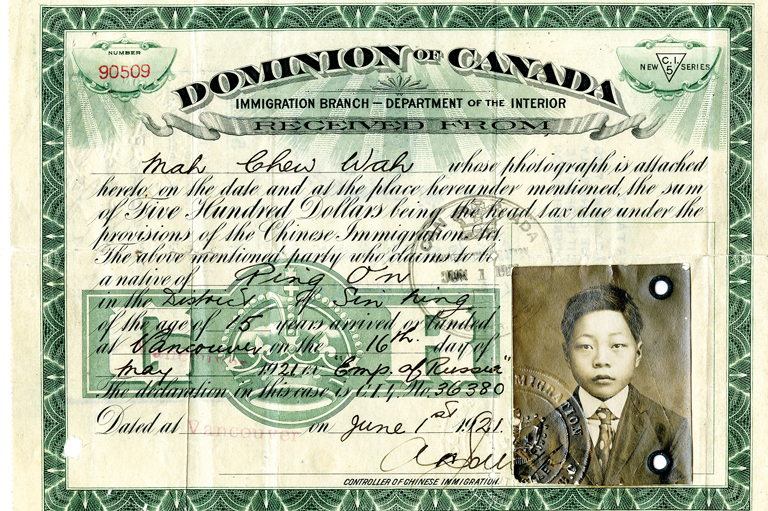
Chinese immigrants were the only group in Canadian history required to pay a special tax, and, sadly, it was specifically designed to exclude them from the country. Introduced in 1885 and scrapped in 1923, the head tax started at fifty dollars, and by 1903 it was five hundred dollars. This certificate, issued to fifteen-year-old Mah Chew Wah in 1921, proved that he had paid the tax and could legally enter Canada.
Ink blotter with secret message
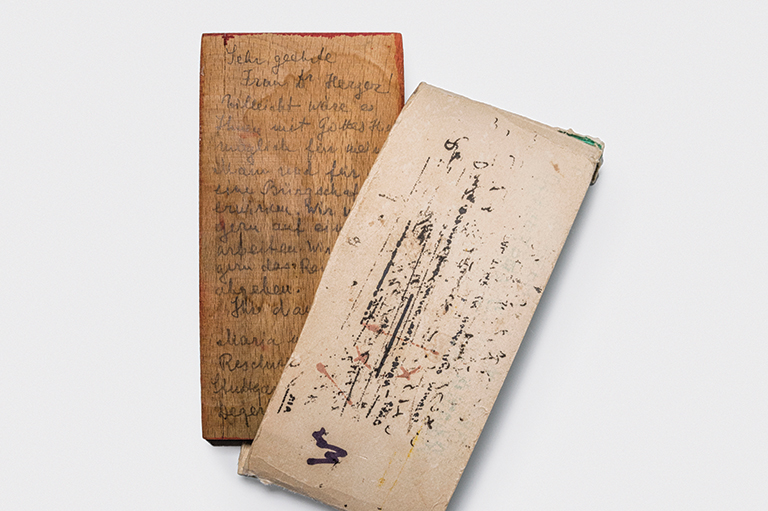
This 1940s ink blotter contains a hidden message from Maria and Nikolaus Reschke, pleading to leave Germany circa 1947. The carved wooden blotter was a gift from the Reschkes to T.O.F. Herzer, an immigration official at the Canadian Pacific Railway. It’s believed the Reschkes were facing deportation to Stalin’s gulags in the Soviet Union. Their fate is unknown.
Recorder
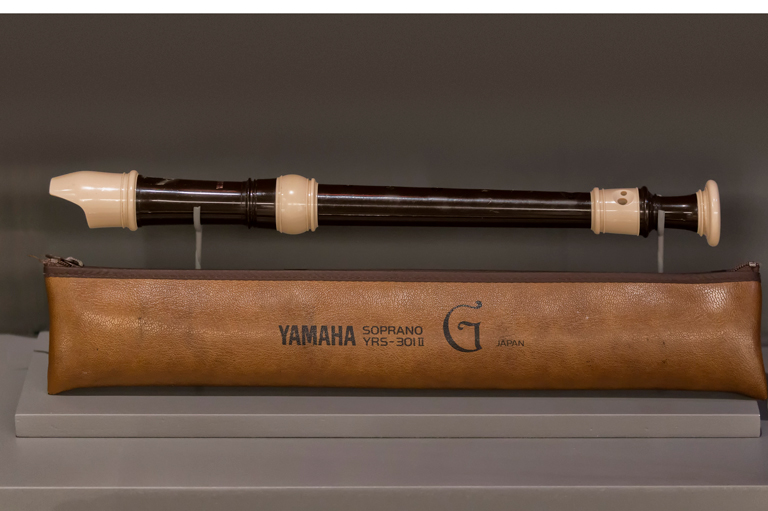
United Nations workers gave this recorder to nine-year-old Siniša Obradović in a refugee camp in Serbia and taught him to play a few songs. As Siniša put it, “Sometimes it’s the little things that count.” So, when it came time to leave for Canada in 1995, he packed the recorder and brought it with him.
Mountie doll
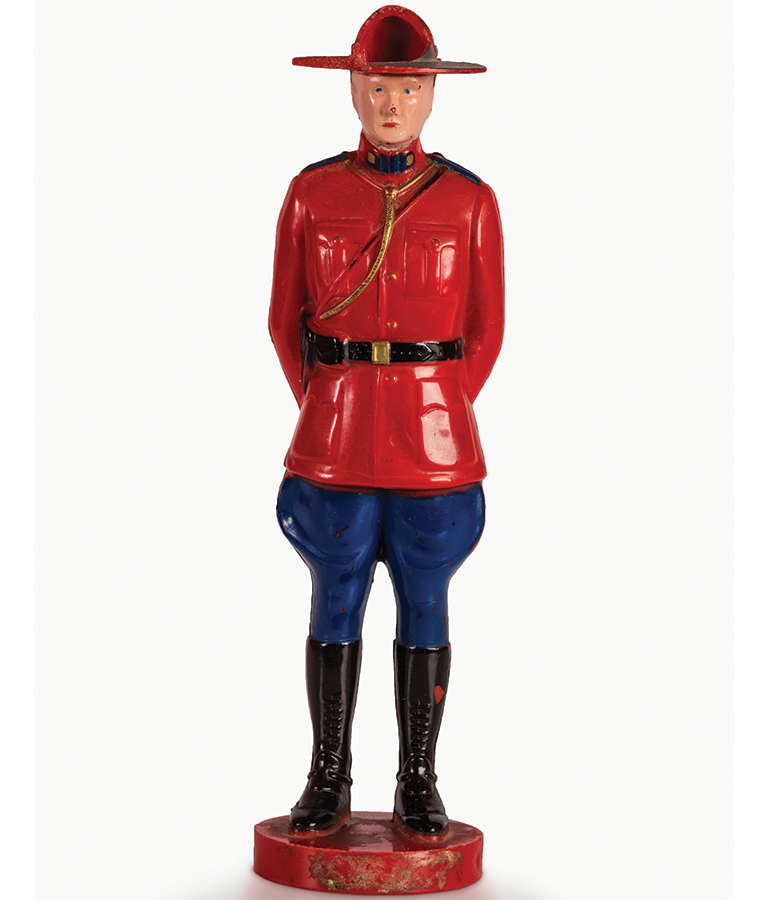
Canadian immigration staff gave this RCMP doll to Asian-Ugandan refugee Sheyfali Saujani the night the six-year-old arrived in Montreal in 1972. The doll became cherished by her family, acquiring new meaning as they followed the story of Baltej Singh Dhillon, the first member of the RCMP who was allowed to wear a turban.
At Canada’s History, we highlight our nation’s past by telling stories that illuminate the people, places, and events that unite us as Canadians, while understanding that diverse past experiences can shape multiple perceptions of our history.
Canada’s History is a registered charity. Generous contributions from readers like you help us explore and celebrate Canada’s diverse stories and make them accessible to all through our free online content.
Please donate to Canada’s History today. Thank you!
Themes associated with this article
Advertisement
You might also like...

Canada’s History Archive, featuring The Beaver, is now available for your browsing and searching pleasure!

